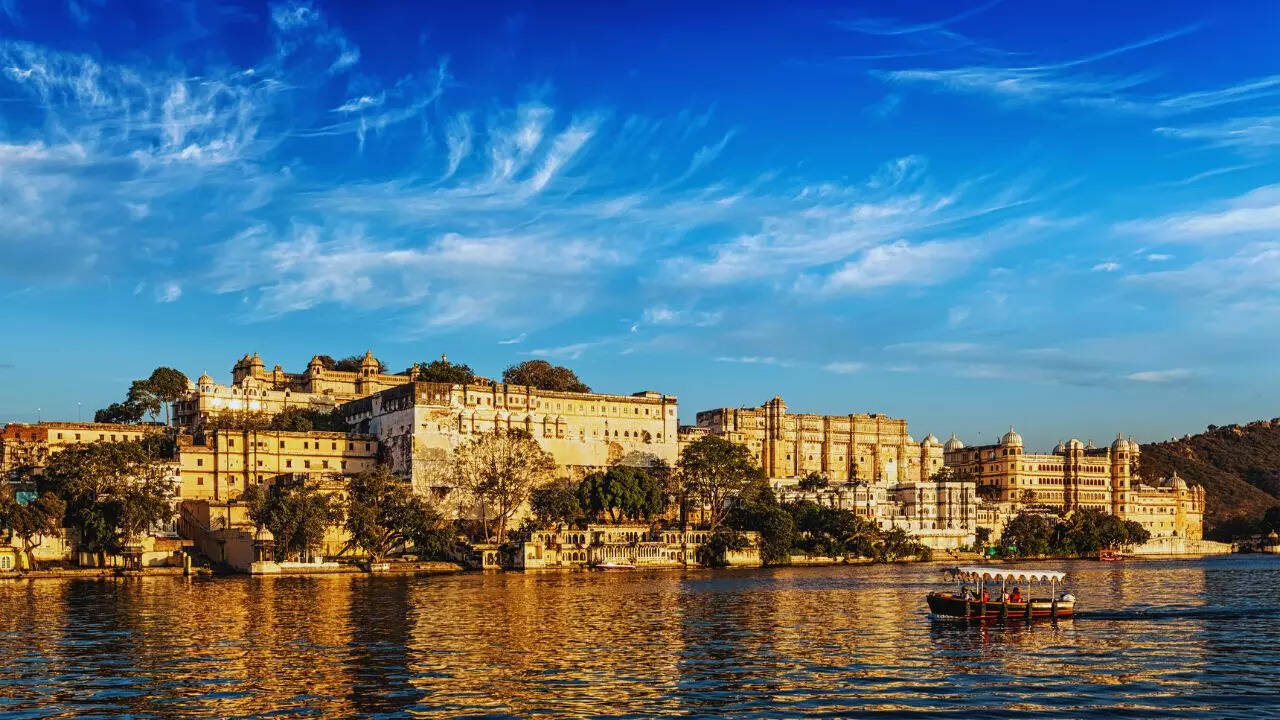- close
01/6Why Poori, Halwa, and Kale Chane are prepared?
Today is the eighth day of Shardiya Navratri, and on this day the eighth manifestation of Maa Durga, called Mahaguri, is worshipped. Also known as Maha Astami, the day calls for the celebration of little girls, popularly known as Kanya Pujan. In some parts of Northern India, the ritual of Kanya Pujan is also performed on the 9th day of the festival. On this day, the devotees break the fast by offering the bhog of Poori, Sooji Halwa, and Sookhe Kale Chane to the deity and the young girls. Here’s everything you need to know about the tradition of eating Poori, Sooji Halwa, and Sookhe Kale Chane on Ashtami and Navmi. (Image: istock)
02/6Traditional belief
If online reports are to be believed, it is said in Devi Bhagwat Puran that the young girls worshipped on this day are the forms of Goddess Durga. It is for the same reason that nine girls and one boy (called Langur) are worshipped and treated with bhog, which is also known as Kanjak Puja. (Image: istock)
03/6What does an expert say?
As per nutritionist Rujuta Diwekar, the combination of poori, halwa, and chana provides all essential nutrients to the human body that help the digestive system balance the mechanism after following the Sattvic diet for 8-9 days. (Image: istock)
04/6Health benefits of Kanjak Prasad
The bhog of poori, halwa, and chana is made from desi ghee. It is said that ghee boosts immunity and is a rich source of essential vitamins and healthy fats. As per experts, chana and sooji are rich in dietary fiber and therefore contribute to better blood sugar levels. They also help maintain and balance cholesterol levels. It is also said that black chana contains saponins, which prevent cancer cells from multiplying. (Image: istock)
05/6How to perform Kanjak Puja?
The kanjak puja begins with washing the feet of young girls (aged between 2 and 10 years). It is said to be 8–9 girls and 1 boy for the puja. Next, devotees apply tilak to their foreheads, and a kalava is tied to their hands. After that, they are first given the prasad of tender coconut and are further offered the bhog of Poori, Halwa, and Sookhe Kale Chane, which is already offered to the deity as the bhog of Maha Ashtami. In some parts of Northern India, many people also prepare Sattvik Aloo Gobhi or Aloo Tamatar along with Chane. After that, they are given gifts in the form of money, jewelry, clothes, toys, etc. At last, the devotee touches their feet and seeks blessings. (Image: istock)
06/6Date and timing of Ashtami and Navmi
According to Drik Pachang, Ashtami Tithi starts at 09:53 PM on October 21 and ends at 07:58 PM on October 22, 2023. And the Navami tithi will begin at 7:58 p.m. on October 22, while it will end at 5:44 p.m. on October 23, 2023. (Image: istock)
End of Story

 1 year ago
421
1 year ago
421






























 English (US)
English (US)